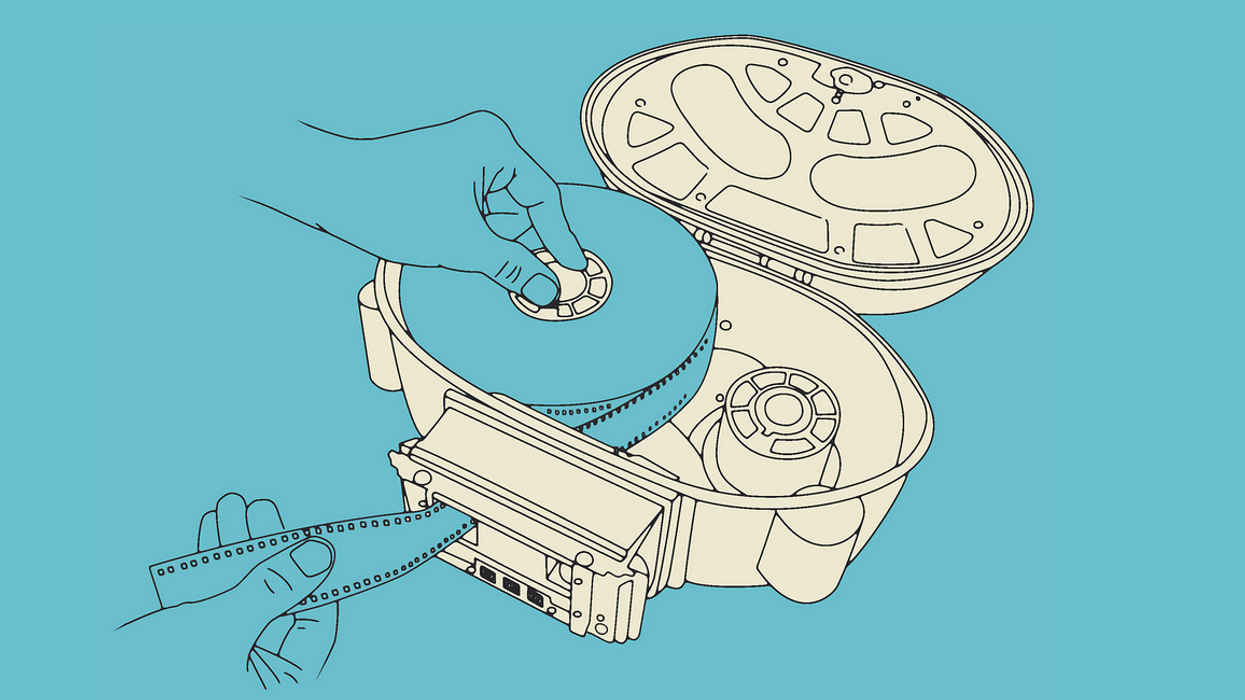Infographic: Confused About Film Perforations? Here's Everything You Need to Know

Last week, celluloid lovers scored a major victory when a few major studios struck a pact with Kodak to ensure that film would remain a viable capture medium for the foreseeable future. Because film will be sticking around for a while, there is still value in learning the ins and outs of the various film formats available today, especially for cinematographers aspiring to work at the highest levels of the industry. One of the aspects of film that beginning filmmakers often find confusing is that of perforations, or the small holes that line the edges of the stock. In a technical sense, these perforations are what the sprocket catches in order to hold each individual frame in place so that it can be properly exposed. However, perforations are also used to describe the various formats and aspect ratios of film, and that's where things can get confusing. Luckily, there's a handy new infographic that explains everything you need to know about film perforations.
If you've ever listened to or read interviews with older cinematographers, you've almost undoubtedly heard them say something along the lines of, "we decided to shoot 3-perf 35mm, 5219 500T for the interiors and 50D for the daytime exteriors." To cinematographers only familiar with digital, this is kind of like an alien language. Luckily, it's relatively easy to understand. While the 5219 refers to the specific stock (which you can learn more about here), the 500T and 50D numbers refer to the sensitivity and color balance of the individual stock. Think of those as the equivalent to ISO and white balance. The above stocks are equivalent to a tungsten white balance at 500 ISO and a daylight white balance at 50 ISO. Not so difficult to understand, right?
But what the hell is 3-perf 35mm? And how is it different from 4-perf 35mm or 2-perf 35mm? This infographic created by The Brim should clear things up:
As you can see, there is a tremendous amount of variation not only between the formats, frame sizes, and aspect ratios, but also how much it costs to shoot on these formats relative to one another. If you're in the position to shoot film, there are a ton of things to consider. First of all, what's your budget? Can you afford 35mm, or is s16 the way to go? Do you intend to shoot spherical or anamorphic?
For those of you that have shot film, what are your favorite film formats and why? Let us know down in the comments!
Link: What the Perf? -- Tumblr


















